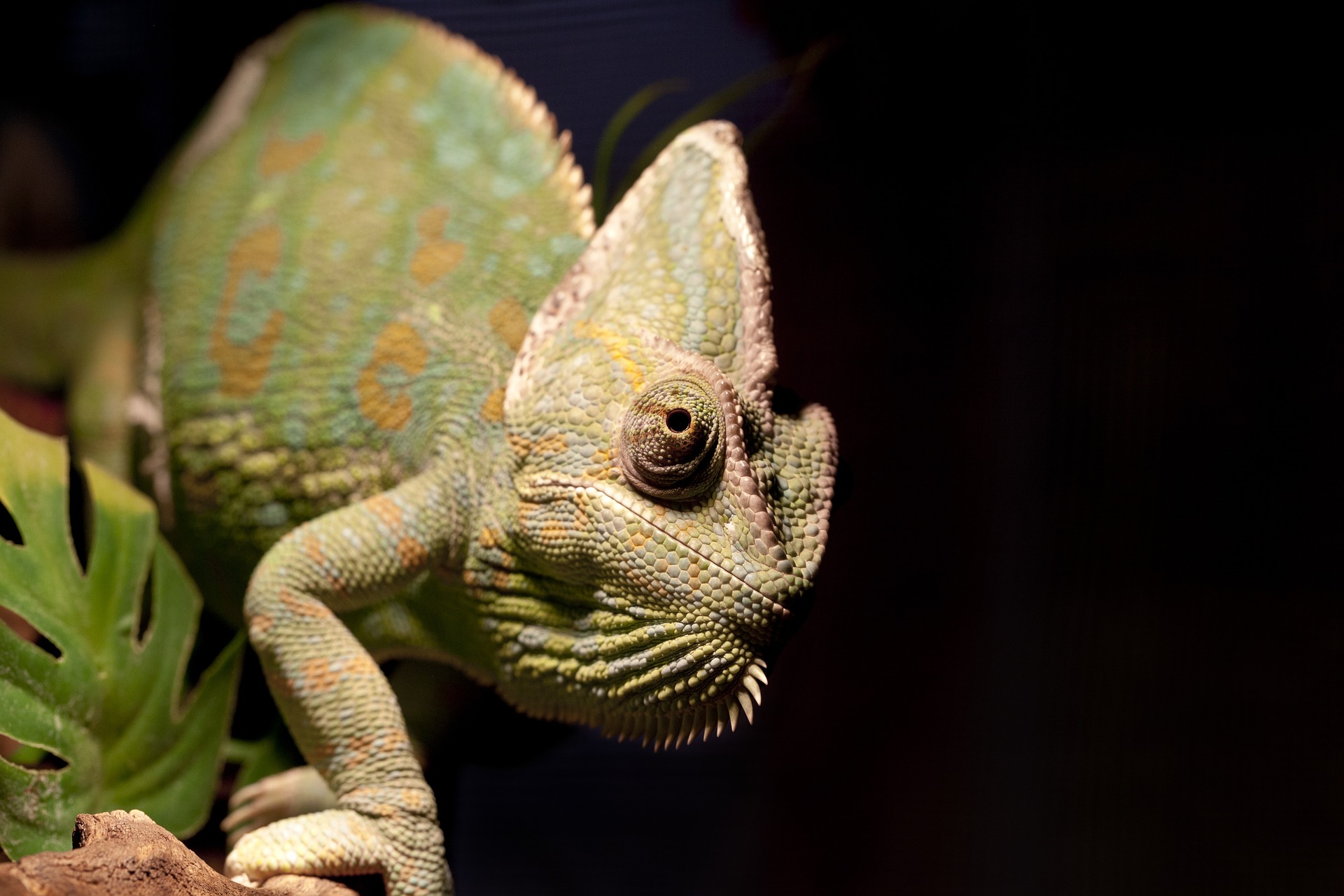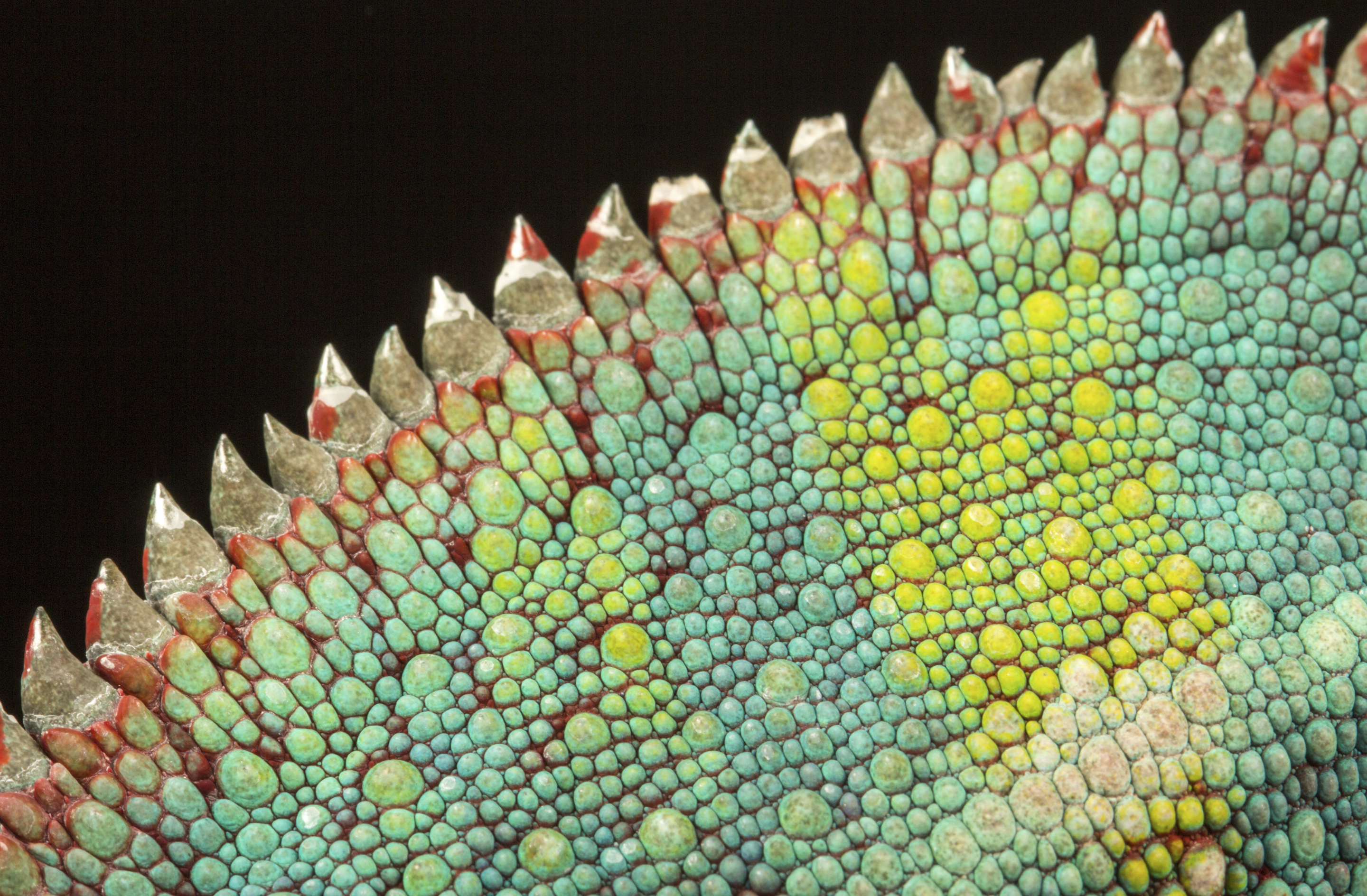How to Care for Your Pet Chameleon
Posted by The Fluker's Team on Jul 9th 2024

Common Group: Chameleons
Common Name: Panthers, Jackson and Veiled Chameleons.
Scientific Name: Chamaeleo Calyptratus
Distribution: Africa, Yemen
Chameleons are fascinating creatures known for their ability to change skin coloration to blend in with their surroundings. They have long, sticky tongues used to catch insects, their primary source of food. These lizards also have eyes that move independently, Which allows them to look in two different directions at once.
They are arboreal animals, meaning they spend most of their time in trees or bushes. Chameleons need a warm and humid place to live. Additionally, they need a variety of branches and plants to climb on and hide in.

Here are some tips to ensure that you provide the right habitat for your pet and provide the best care it deserves:
1. Provide a proper habitat: Chameleons need a spacious enclosure with plenty of branches, vines, and plants to climb on. Ensure the enclosure has good ventilation and maintains the correct temperature and humidity levels. Spray their home frequently to provide the necessary moisture levels.
2. Diversify their diet: These lizards eat insects, so feed your chameleon a mix of crickets, mealworms, and roaches. Make sure to sprinkle calcium and vitamin supplements on their food to make sure they get all the nutrients they need.
3. Clean their living area: These pets are sensitive to dirt, so it's important to regularly clean their space. Remove any uneaten food, feces, and shed skin to prevent bacteria and parasites from building up.
4. Handle with care: Chameleons are not typically a hands-on pet, as they can become stressed from handling. If you do need to handle your chameleon, do so gently and support their body to prevent injury.
5. Monitor their Health: Watch your chameleon's behavior and appearance closely to catch any signs of illness early. If you notice any changes in how your reptile eats, moves, or looks, speak with a vet who knows about reptiles.
By following these tips, you can ensure that your pet chameleon stays healthy and happy in your care. Remember... chameleons require specific care and attention, so be prepared to dedicate time and effort to meeting their needs.

